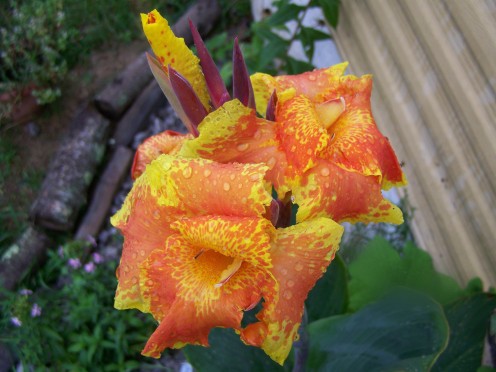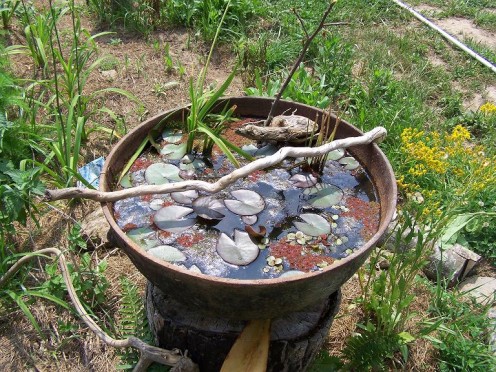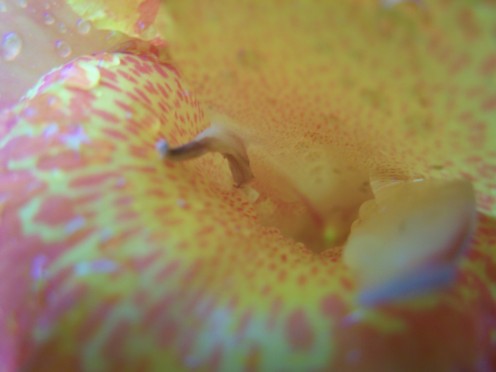- HubPages»
- Home and Garden»
- Gardening»
- Landscaping
Canna Lily as Pond Filters

Canna lilies are used in ponds and to some extent aquariums as natural plant filters. Cannas are hardy perennials that produce showy, widely colored blossoms. Some varieties grow taller than a person while some reach to around knee high. Canna lilies are native to many parts of the world making them a sure bet for differing climates. Very cold climates will need to lift canna tubers for winter storage.
© Copyright Notice ©
My photographs are mine, taken by me, with my camera. You may use them for personal reasons (desktop backgrounds, personal websites or you can print them for personal use.)
If you choose to use them on websites I require a link back to my HubPages. You may link to my profile or to one of my Hubs.
You may not use them without my permission or for profit.
I sell my art and if you are interested in purchasing it send me a message.
ALL of my articles are MINE and you may NOT use them for anything but reading on my page.


About Canna Lilies
The canna lily is a perennial semi-aquatic plant. Though this plant thrives in wet conditions, it will fare just as well in drier growing environments. A thick layer of moisture retaining mulch will keep cannas from drying out.
Cannas prefer full sun and bloom their best when exposed to several hours of sun daily. Canna colors include red, yellow, orange, pink and a mix of these colors. Foliage can be solid green, variegated, splashed white, maroon and a combination of these.
How Canna Lilies Filter:
Canna lilies remove ammonia, nitrates and other toxic substances from the water table. They do this as they feed.
Cannas also act as a physical barrier to flotsam in the water. A thick planting of canna lilies will trap debris, keeping it from entering and clouding the open areas of your pond.
Why Use Plant Filters?:
Use native species as plant filtration to prevent contaminating groundwater with harmful, synthetic chemicals. Plants grow with the biological waste load, this makes them economical choices for filtration. Plants replenish themselves through reproduction as well. There are no parts to fix or fuels to buy to keep them filtering. Using biological filtration also gives fish and other creatures a place to live, breed and hide.
The Downside of Plant Filtration:
Using plants to filter your pond has a few downsides. These issues are usually overcome with time. Plants take time to grow and establish themselves. Cannas and other aquatic plants usually grow quickly into sizable, water-cleansing pond additions.
Companion Plants for Cannas:
There are several species of aquatic plants that grow well with canna lilies. Black taro, elephant ears, creeping Jenny, creeping Charlie, water snowflake, horsetail rush, corkscrew rush, fiber optic grass, flag iris, hostas and baby's tears all make suitable companion plants for aquatic canna lilies.









